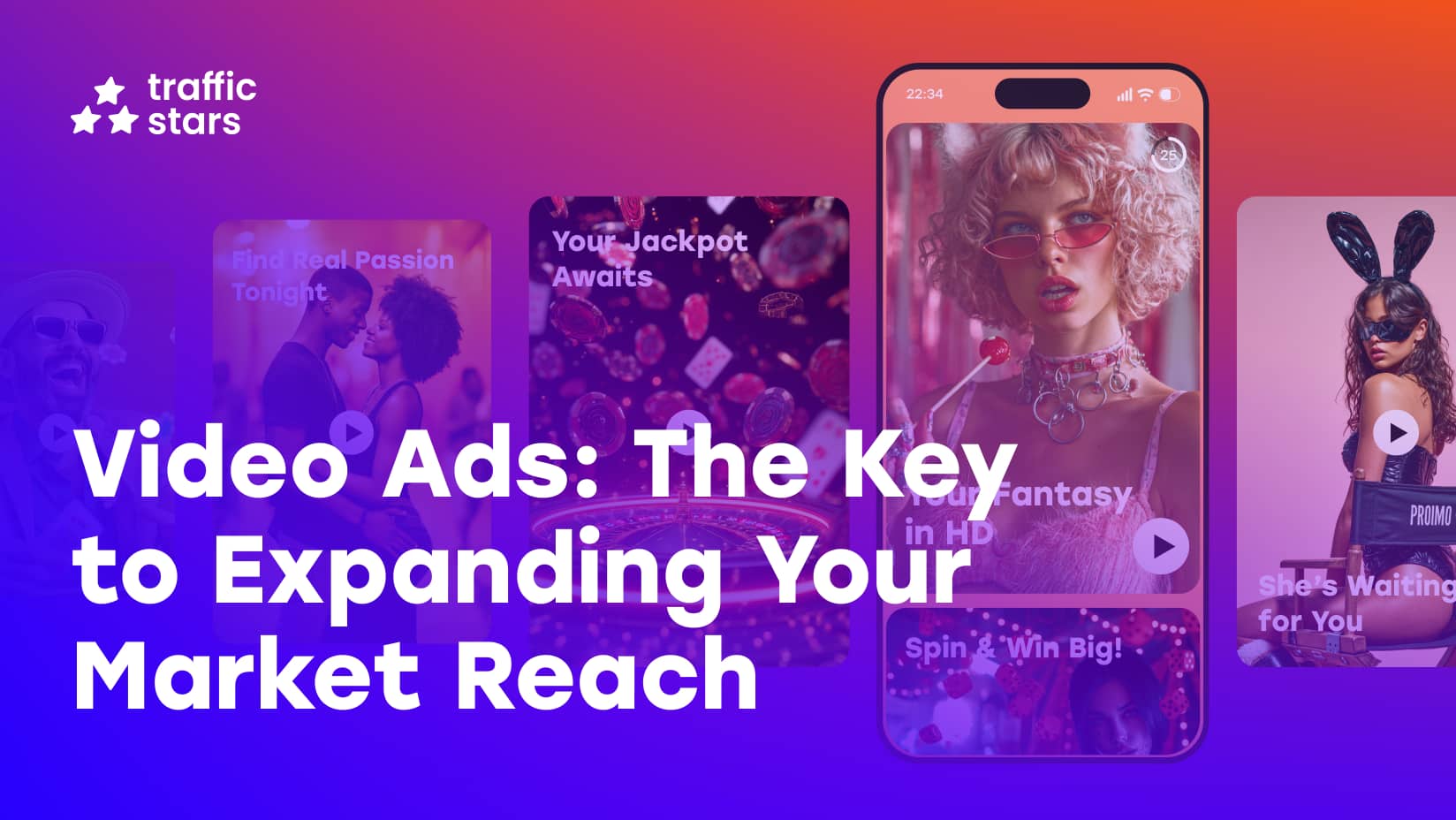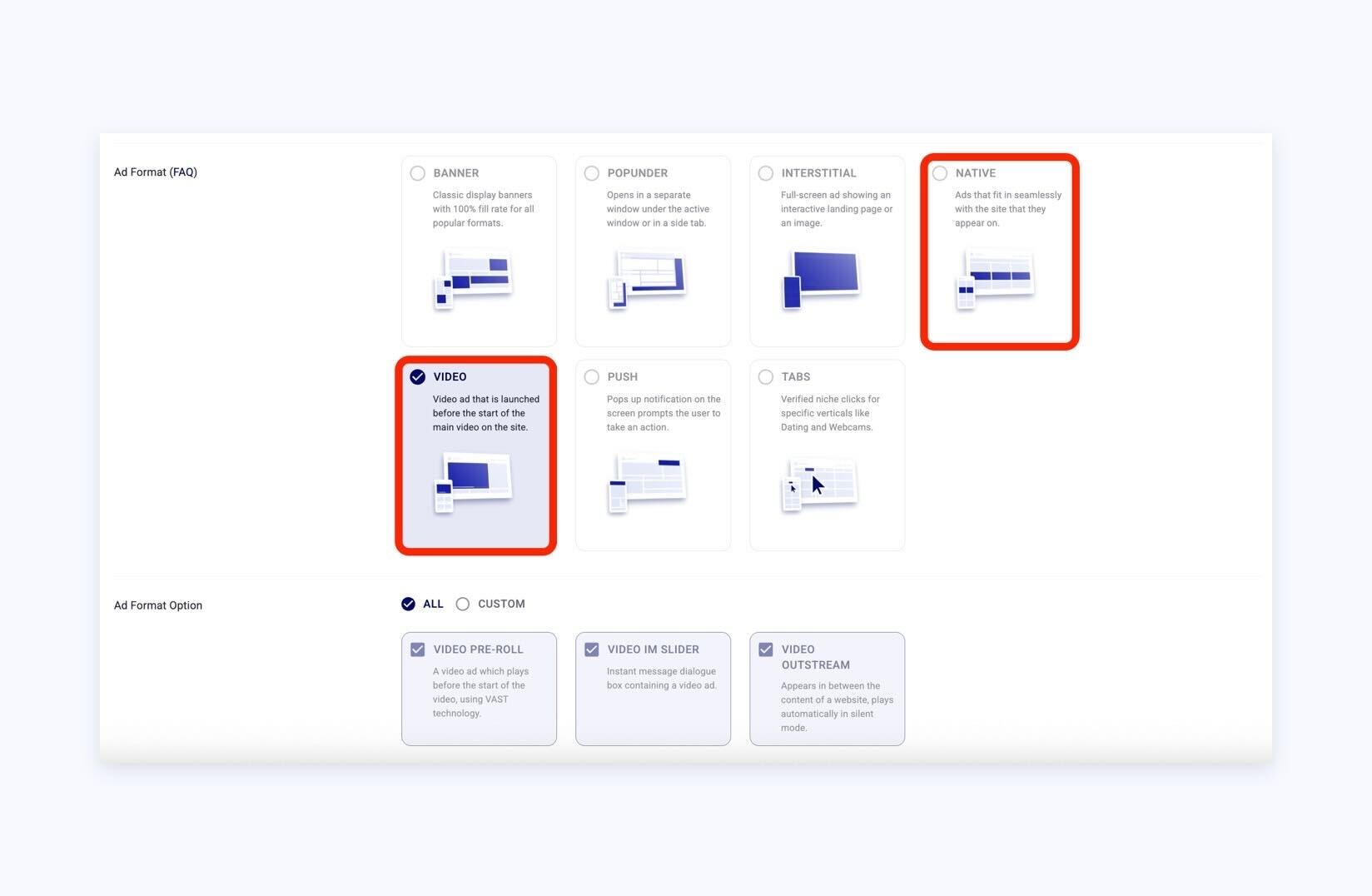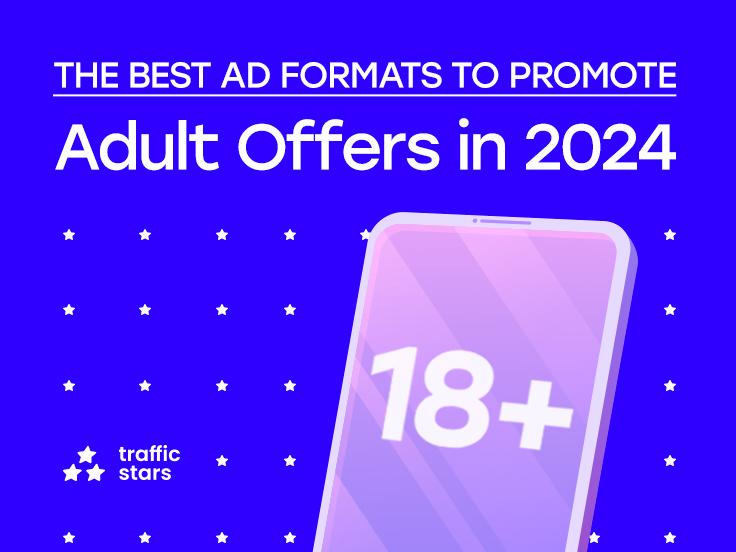
Advertisers are leveraging video ads to capture attention and drive engagement in ways that static banners often can’t. Studies show that viewers retain up to 95% of a message when delivered via video, compared to only 10% retention from text. It’s no surprise, then, that over a third of consumers report purchasing a product they first learned about through an in-stream video ad.
While video formats like pre‑roll and in‑feed drive impressive engagement, last‑click attribution often underreports their impact because conversions may occur later via organic, direct, or retargeting channels and remain uncredited. However, data teams are increasingly overcoming this by blending methods such as multi‑touch attribution (MTA), marketing mix modeling (MMM), view‑through metrics, and incrementality testing, enabling a more holistic evaluation of video ad efficiency across the full customer journey.
Video Ad Formats by Popularity:

Digital ad networks today offer a range of video ad formats designed for different user experiences:
- Pre-Roll In-Stream Video Ads: These are video commercials that play before users can view video content. The ad is delivered within a video player, making it feel like part of the content stream.
- In-Feed Native Video Ads: These are videos that appear within content feeds, designed to blend in with organic posts or content recommendations. This format benefits from high user acceptance – in one survey, 87% of consumers preferred native ads over traditional banners, likely because they feel more organic.
- Video IM Slider: A small “instant message” style video unit that slides in at the bottom-right of a webpage. When triggered, it expands to play the video (with sound on).
- Video Outstream: An outstream ad player embedded into page content. With the IAB even declaring outstream the primary web video format moving forward.
Native Video Ads Boost Brand Metrics
According to recent studies and TrafficStars best practices, when brands include native video ads in their campaigns, they see measurable lifts in awareness (+26%) and favorability compared to not using native. Users generally prefer these embedded video ads because they’re less disruptive, leading to higher completion rates.
Note on iGaming & Organic Growth via Video Advertising
iGaming brands are increasingly using video ad formats not only to run user acquisition funnels but to enhance keyword strategies and brand bidding (native2search feeds). Video campaigns raise brand visibility and awareness, leading to spikes in organic search interest and improved ranking for high-intent keywords (e.g., “best sportsbook bonuses,” “fast payout betting sites”). This creates a positive halo effect: when users later search branded terms, they’re more likely to click –boosting performance of paid brand-bidding campaigns. Bidding on your own brand keywords ensures visibility, protects against competitors, and typically results in higher CTR, better quality score, and lower CPC.
Final thoughts
Video ad formats expand your market reach by delivering immersive messaging across platforms (TV, search, social, streaming video), reinforcing brand salience, and driving both immediate and organic returns. Multiformat strategies – mixing short-form, in-stream, and native placements – maximize engagement, amplify awareness, and create a virtuous cycle of paid and organic growth.
Advertisers should consider utilizing a mix of mainstream and adult channels, multiple video formats, and data-driven optimization to fully capitalize on the power of video ads. The gap between content and advertising continues to narrow, and video is leading the charge – often feeling more like content than an ad, which is exactly why it works. With billions of daily impressions up for grabs and new formats emerging, video marketing remains a high-growth area where both branding and performance goals can be achieved simultaneously across a diverse range of traffic sources.


.jpg)

